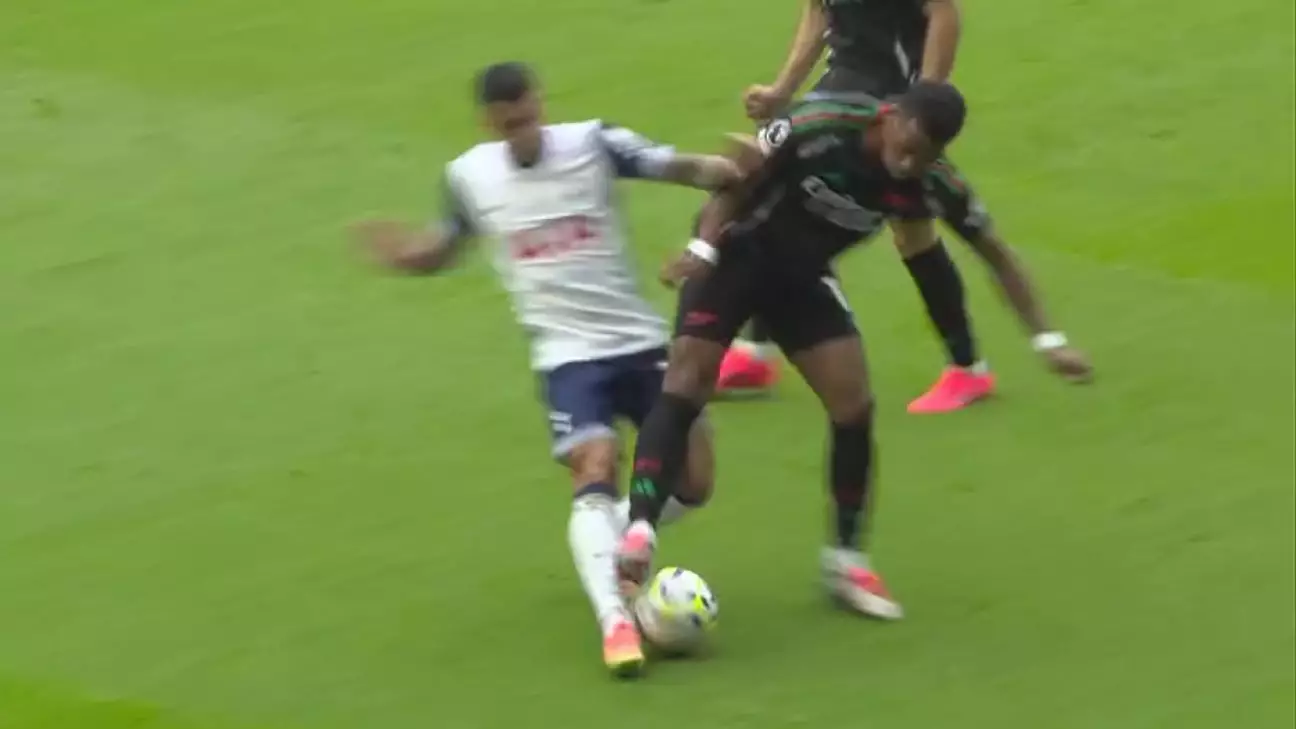Video Assistant Referee (VAR) has become a focal point of contention in the Premier League, with its involvement in match decisions often sparking debate among fans, players, and pundits alike. Each week, incidents arise that necessitate a deeper dive into the mechanics of VAR and how its implementations align with the established Laws of the Game. This article aims to elucidate the processes behind VAR decisions, while also exploring specific controversial instances from recent matches to illustrate the complexities involved.
At the heart of VAR is a structured decision-making process designed to ensure that errors made by on-field referees can be rectified. VAR operates under strict protocols, primarily focusing on four types of incidents: goals, red cards, mistaken identity, and penalty decisions. The goal of this system is to enhance the accuracy of decisions, but its execution has often led to confusion and discontent.
Crucially, the decision-making extends beyond mere replay; it involves interpreting nuances that separate a yellow card from a red, or a legitimate goal from an offside. The VAR team, comprised of trained officials, analyzes video footage while referring back to established guidelines and the overall context of the play. The subjective nature of some calls, however, remains a key point of contention.
A recent example of VAR’s nuanced interpretations is the contrasting decisions made during the challenges by Jurriën Timber of Arsenal and Curtis Jones of Liverpool. In a match against Tottenham, Timber received a yellow card for a challenge that demonstrated minimal force and was deemed an acceptable tackle despite a resultant injury to Pedro Porro. Conversely, Curtis Jones received a red card the previous year for a similar tackle where he made more aggressive contact with Yves Bissouma.
The distinction lies in the interpretations regarding force and tackle mechanics. Factors such as the angle of approach and the player’s intent play monumental roles. The VAR’s conclusion to uphold the yellow card for Timber aligns with the understanding that not all contact warrants further punishment; context matters deeply in officiating.
The handball rule continues to perplex fans and players alike. A notable incident occurred when Kai Havertz’s header was turned onto Cristian Romero’s arm. Referee Anthony Taylor decided against a penalty, remarkably a decision supported by VAR. The reasoning rested on Romero’s arm position, which was not deemed unnatural given the circumstances, alongside the fact that the ball deflected off him after being played by a teammate.
This incident encapsulates the ongoing challenges concerning handball offenses, particularly regarding players’ arm positions in relation to their body movements. The VAR’s interpretation underscores the emphasis on intent and arm positioning, yet it can lead to inconsistencies and calls for more clarity about the rules.
Offside decisions have consistently ignited discussions, particularly as teams adjust to new technology in the league. In the case of Crystal Palace’s equalizing goal that drew ire from Leicester City’s management, the assistant referee called offside during a crucial moment. However, upon VAR review, the goal was awarded. This incident highlighted the disparity that can arise with existing technology, especially surrounding angles in smaller stadiums like Selhurst Park.
The imminent transition to semi-automated offside involves a paradigm shift in how decisions are made, promoting enhanced accuracy but introducing questions about consistency. With two different methodologies being employed throughout one season, it raises concerns about fairness. Moreover, the delay in determining offside status can create tension and confusion among teams and supporters.
The match between Aston Villa and Everton provided another illustrative case when Villa’s equalizer came after a potential offside was debated. Although VAR ruled the goal valid, the complexity of what constitutes a “deliberate play” versus an inadvertent contact from a defender adds to the ambiguity of on-field calls. Such subjective judgments often depend heavily on the ref’s interpretation, making the variance from one game to another particularly frustrating for fans and players alike.
Incredible shifts in decision-making, when an accidental touch is deemed detrimental or a beneficial play, underline that the line demarcating valid play is often blurry. As teams like Bournemouth experienced in their match against Chelsea, where a foul was checked extensively yet resulted in only a yellow card for the goalkeeper, demonstrates the high stakes and varying standards being applied across matches.
As VAR continues to evolve in the Premier League, its role in shaping football’s landscape is undeniable. However, the controversies and debates surrounding recent decisions illustrate that while technology offers a path towards greater accuracy, it also presents challenges that necessitate careful oversight and enhanced clarity in the interpretation of rules.
Continued dialogue regarding the technology’s implementation and the subjective nature of officiating will be necessary to foster a better understanding and acceptance of VAR’s role. Balancing the integrity of the game with fan expectations remains an ongoing challenge, but as the sport progresses, refining how we adjudicate matches becomes paramount to maintaining fairness and enjoyment for all involved.

